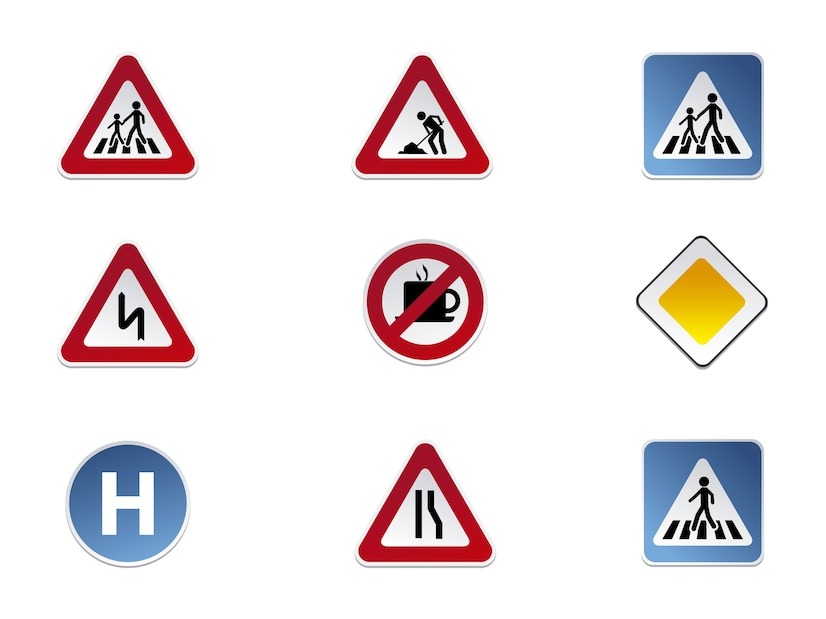Road safety is a critical aspect of modern infrastructure. Ensuring roads are safe for all users involves various measures, including road safety signs and safety barriers. These elements play a pivotal role in reducing accidents and protecting lives.
This article will explore how safety barriers enhance road safety, their benefits, and the available types.
The Importance of Road Safety Signs
Road safety signs are essential for guiding drivers and pedestrians. They provide critical information about road conditions, speed limits, and potential hazards. These signs help in:
- Preventing accidents: By informing drivers of upcoming hazards.
- Regulating traffic flow: Ensuring smooth and orderly movement of vehicles.
- Providing directions: Helping drivers navigate roads safely and efficiently.
Benefits of Safety Barriers
Safety barriers are physical structures designed to prevent vehicles from leaving the roadway. They offer several benefits:
1. Preventing Collisions
They reduce the risk of head-on collisions and side impacts. They are particularly effective on highways and busy roads where vehicles travel at high speeds.
2. Protecting Pedestrians
In urban areas, they protect pedestrians from vehicular traffic. They are often used near schools, parks, and busy intersections to enhance pedestrian safety.
3. Minimising Vehicle Damage
By absorbing the impact of collisions, safety barriers help minimise damage to vehicles and reduce the severity of injuries to occupants.
4. Reducing Road Departure Accidents
They prevent vehicles from veering off the road, especially in areas with sharp curves, steep slopes, or dangerous drop-offs.
Types of Safety Barriers
There are various types of safety barriers, each designed for specific purposes and environments:
1. Guardrails
Guardrails are metal barriers commonly found along highways and roadsides. They prevent vehicles from veering off the road and effectively absorb impact energy.
2. Concrete Barriers
Concrete barriers are solid, heavy-duty barriers used on highways and urban roads. They are highly durable and provide a strong solution for preventing vehicle crossovers.
3. Cable Barriers
Cable barriers consist of steel cables tensioned between posts. They are flexible and can absorb the energy of high-impact collisions, reducing the risk of serious injury.
4. Plastic Water-Filled Barriers
These portable barriers are often used for temporary roadworks or event management. They are filled with water to provide stability and can be easily repositioned as needed.
5. Crash Cushions
Crash cushions are designed to absorb the energy of a collision and bring a vehicle to a controlled stop. They are used in areas with a high risk of collisions, such as highway exits and intersections.
Conclusion
Incorporating road safety signs and barriers into road design enhances safety. These measures protect drivers and pedestrians and contribute to the overall efficiency of the road network. By understanding the different types of safety barriers and their benefits, we can better appreciate their role in creating safer roads for everyone.
Safety barriers are essential components of modern road infrastructure. They prevent accidents, protect lives, and minimise vehicle damage. As we continue to develop and improve our road systems, using practical safety barriers will remain a top priority for ensuring road safety.
By strategically placing safety barriers in high-risk areas, we can significantly reduce the number of road accidents and enhance overall traffic safety. Investing in these safety measures is an investment in the well-being of all road users.


